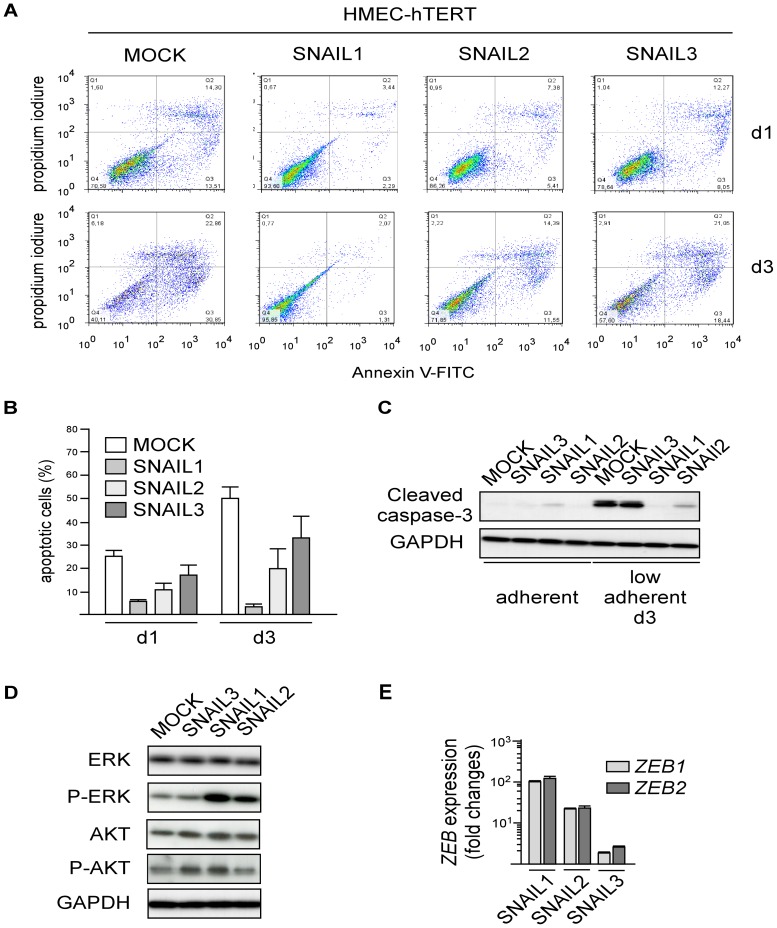Figure 4. SNAIL proteins confer a survival advantage to HMEC-hTERT cells under low-adherence conditions.
(A) Upper panels: HMEC-derived cell lines were cultured in ultra-low attachment dishes for different periods of time as indicated on the right. The cells were then stained with annexin V-FITC and propidium iodide and analyzed by flow cytometry. (B) Percentages of apoptotic cells (including Annexin V+/PI− and Annexin V+/PI+ cells) are indicated as means ±SD of triplicate experiments. (C) Analysis of the cleaved caspase-3 fragment by western blotting. (D) Examination by western blotting of the status of the ERK and AKT pathways. P-ERK and P-AKT stand for phospho-T202, Y204 ERK1/2 and phospho-S473 AKT respectively. (E) Expression analysis of ZEB1 and ZEB2 in HMEC-hTERT cells ectopically expressing either SNAI1, SNAI2 or SNAI3. Levels expressed relatively to the housekeeping HPRT1 gene transcripts were normalized with respect to HMEC-hTERT cells ±SD of triplicates.

